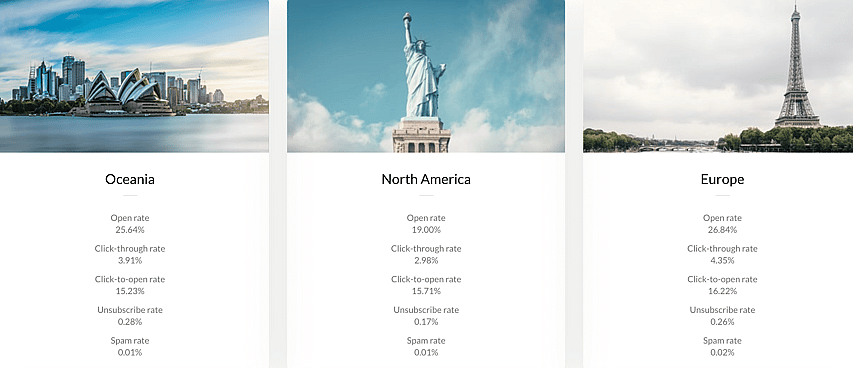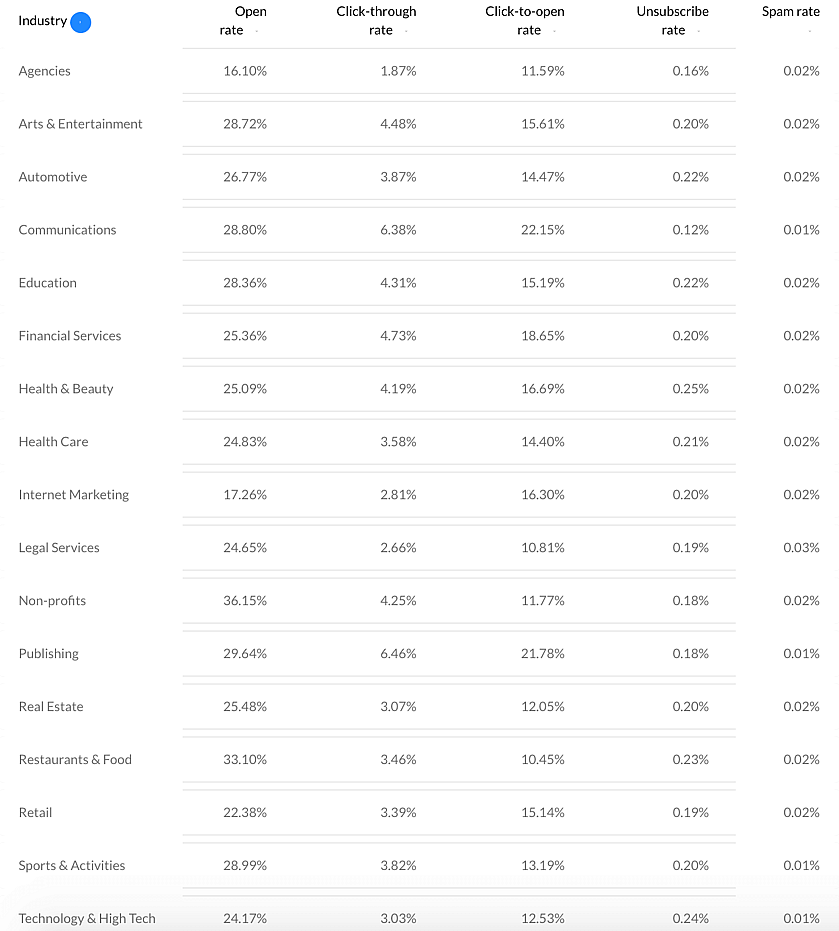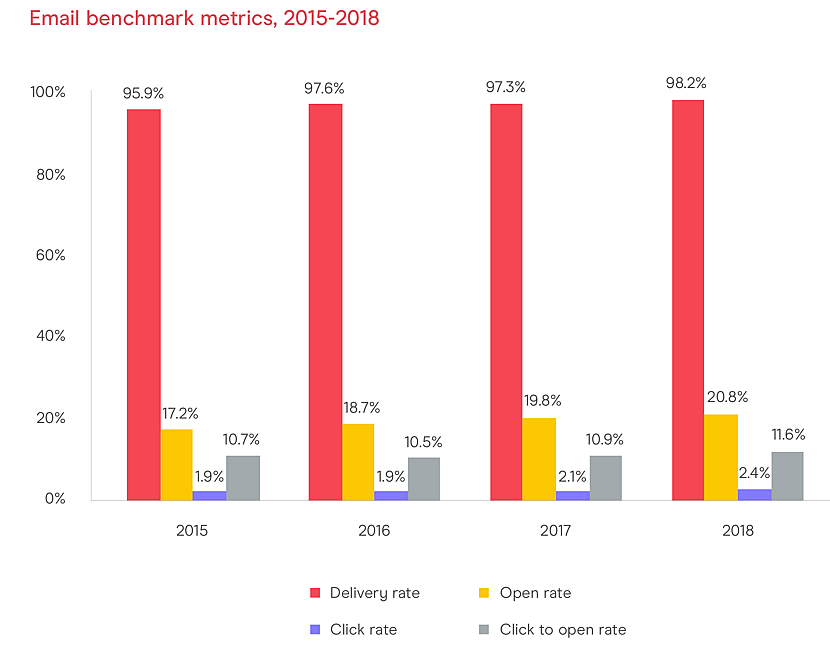Inbound marketing vs Outbound marketing.
12.02.2020
Introduction.
Generating new business is becoming increasingly difficult for the typical salesperson or marketer given the way technology continually reshapes how customers purchase products and services. In the digital age, customers should be coming to you via content, SEO and social media. If any of these three channels are not bringing you customers and generating revenue, this blog post might help.
The inbound philosophy replaces “interruption” marketing and outbound methods (cold outreach) by focusing on pulling the target audience to you, rather than pushing your content – forcefully – to them.
The definitions.
Outbound marketing: Outbound marketing refers to the more traditional methods of marketing your product or service. We refer to them as ‘push tactics’ because you’re essentially taking your product or service and pushing it in front of your audience. Specifically, this includes; ads (digital, social media, print, TV, radio), email blasts, cold calling, direct mail, and anything else that targets a large audience. Customers are sought out, the marketer provides little to no value, communication is one-way and the marketer/business is rarely remembered positively.
Inbound marketing: Inbound marketing is a marketing strategy which focuses on ‘pulling’ high quality leads to your business. At its core, inbound marketing is about creating value for your target audience by understanding their challenges and creating resources which help them overcome their obstacles. This builds trust and authority by demonstrating expertise in a non-invasive, human way. Inbound marketing is largely centred around quality content, how you market that content, and how it helps you rank in search engines.
Outbound marketing.
This section explores the advantages and disadvantages of outbound marketing and highlights some key outbound marketing statistics.

The benefits of outbound marketing.
1. The results are immediate: Inbound marketing is a long-term approach to generating new business revenue online and requires a top-heavy investment of time to understand the target audience and then create valuable content resources for them. Sometimes you need something more immediate. You need your message to compel action from a large audience immediately. In this case, it’s a case of paying to play. If you’re announcing an exciting new product launch and you want to run a promotional offer, it would make sense to send an email blast to your target audience. If 1% of the audience takes action, you could generate revenue immediately, as opposed to creating an inbound marketing campaign which takes time to produce results.
2. You can tailor your message to the right individual: If you’re going to invest in an outbound strategy, being as targeted as possible is crucial. You need to know what your audience does, where they work, what their role requires; the challenges and common objections, and how to appeal to them. You need to know where they ‘hang out’ and which platforms they use to find information. For B2B brands most people would recommend LinkedIn for running ads as it offers the most comprehensive targeting. You can be more specific than any other platform. However, in our experience, decision-makers usually have organic, two-way conversations on Twitter, and ad results are generally better. Linkedin tends to be much more expensive than Twitter (2-4x more expensive in our experience), but the segmentation is far better. If you’re considering running a B2B ad campaign on social media, drop us a line so we can share our PPC insights with you.
3. Supports your inbound marketing methods: Inbound marketing takes longer to generate results, but in the long-term, it is much more effective as a new business strategy. However, your inbound marketing strategy should utilise some outbound marketing methods to increase the performance of content. For example, if you run an event which sells tickets to tech startups and you have an eBook on with loads of insights and success stories from startups that attended in previous years, you may send it to 1000 new tech startups as you know it offers value. If 50 of those people click the link in your email to download the guide, you can begin to tailor your communication with them.
Outbound marketing methods must be used at the right time in the right way and must target the right people. If you’re already producing valuable resources for your audience, integrating outbound marketing tactics can be a great way to distribute them. If you have a really useful piece of content, it shouldn’t sit on a pillar page which gets very little organic traffic, it should be shared with a wider audience.
4. Your audience is much larger: Outbound marketing allows you to reach a wider audience with immediateness. For example, using Linkedin Sales Navigator to create a list of 1,000 Marketing Directors isn’t difficult, and within a couple of hours, you can send your message right to their inbox. Alternatively, you can purchase GDPR-compliant contact lists – say 1,000 CEOs in London within Tech – and email them all with some information about your newly launched service which helps them solve a common problem.
The problems with outbound marketing.
1. People complete most of their research before making contact with a business: When it comes to how far along the buyer’s journey people are before making a purchasing decision, there are multiple statistics from plenty of sources so it’s difficult to know which are true, but this article by Linkedin sums it up well. However, it can be safely assumed that B2B buyers are over ⅔ of the way through the purchasing journey before they connect with a business representative. This means, even if the people you target are looking for a solution that you sell, chances are they already know who they’re going to reach out to and why they like them.

2. Ads are despised by most people: In 2015, Red Crow Marketing estimated American’s are exposed to anywhere between 4,000 and 10,000 ads per day. Just let that sink in. In 2020, you can only imagine how many ads are shoved through our eye sockets and embedded in the very neuro-fibres that shape our brains. If nothing has changed since 2015 (which it has – for the worse) we’d see an average of 2.55million ads per year.
3. It’s more expensive than inbound marketing: Generally speaking, outbound marketing leads are two to three times more expensive than inbound marketing leads. Statistics on this fact are largely outdated by about 8 years but it still paints the same picture of that state of affairs today so we’ve included a graph below. If anything we would expect this gap to have widened over time as people spend more time researching online and less time speaking to salespeople on the phone.
To run an effective outbound marketing campaign you need to pay for your promotional material, and then for distributing it and there’s no guarantee your target audience will even interact with your campaign.
4. Engagement rates are low: One major upside of using outbound marketing strategies is the potential size of your audience. The problem though is that the engagement rates are usually very low. Statistics from GetResponse show the average engagement rates by country and sector. Here’s a working example for an outbound campaign:

Using the benchmark statistics above, if you were a business operating in Europe and you sent an email to 10,000 prospects, you could consider it successful if (roughly); it was delivered to 9,980 people, 2,679 people opened it, 434 people clicked a link in your email, and only 26 people unsubscribed. Assuming the page you send them to has a conversion rate of 2.35%, your campaign to 10,000 people might convert 10 people.
Here’s another useful snapshot from the 2019 GetResponse email marketing report:

For more useful email marketing statistics, check out this article from Smart Insights.
More outbound marketing facts & stats:
- The leading reason B2B buyers have limited engagement with B2B vendors is that marketers are sending them too much irrelevant content (34%).
- In the Hubspot State of Inbound 2018 report, when respondents were asked which provided better quality leads, only 18% said outbound marketing.
- Contrary to the belief that email marketing is dead, this email marketing benchmark report by dotDigital (Oct 2019) tells an interesting story. If anything it shows that marketers are getting better at connecting with their audience using email, likely by personalising the content.

Inbound marketing.
This section explores the advantages and disadvantages of the inbound methodology for inbound marketing and sales and highlights some key outbound marketing statistics.

The benefits of inbound marketing.
Where do we begin? From lower costs per lead to the added trust, expertise and authority built between business and customer, inbound marketing is a proven business methodology for generating more revenue online and delighting your customers. Let’s take a look at some of the 5 key benefits of adopting inbound marketing:
1. Content is evergreen: If you follow the inbound methodology when creating content, your efforts should be rewarded for years to come. Once you’ve created a great piece of content, you can repurpose it, update it, share it on different platforms over time, send it to influencers and so on. As long as people are searching for solutions to problems that your content helps solve, you’ll draw traffic to your site and generate leads for your business.
Here are some tips on creating highly effective content to help your prospects and generate leads.
If you spend 8 hours creating an outstanding piece of content and make small iterations over time, you could be reaping the rewards in 2 years while sitting on a beach with all the money you earned from the new business enquiries it generated. On the other hand, if you spend 4 hours creating an outbound campaign, you will probably only reap the rewards of your efforts for a few days or less. So no time for the beach, it’s on to the next budget-burning outbound campaign for you.
2. Builds brand awareness and brand authority: Inbound marketing is all about creating valuable content resources to help your target audience overcome the key challenges they face. By creating content based on the challenges your buyer persona’s face and providing unique insight, offering solutions and case studies – if you’re clever with SEO – you will bring people to your site who are already looking for the solution or service you provide. Offer your expertise to build brand authority, earn trustworthiness (EAT).
3. Simplifies the job of sales, marketing and customer service: The inbound methodology strategically aligns sales and marketing by utilising the strengths of both departments to improve all customer acquisition and retention strategies. Salespeople all have unique insights on customers and prospects from their consistent interactions through different stages of the buyer’s journey; common objections; the resources they need; the questions they ask; feedback and more. Marketing should take this information to create useful resources for those people and for the prospects landing on the site for the first time. The resulting content is highly-targeted, offers solutions, remedies objections, and educates the buyer. Ultimately this leads to a more efficient sales process, better ROI on marketing, more leads, increased conversion, and happier customers.
4. Adds value to prospects in the digital world we all live in: If you offer some marketing technology to B2B brands and you know that most of your customers struggle to prove ROI on marketing investments, you might create; an online ROI calculator for your solution, a blog post on “how to predict ROI on new marketing technology” or a video testimonial from one of your clients who had success using your marketing tech.

5. Generates traffic and quality leads: Inbound creates the right relationship between business and prospect. Marketing and sales content that is personalised, targeted and genuinely helpful will drive more traffic and quality leads to your site. The great thing is, if you put the work in, you’ll see the results. It’s as simple as that. Simply speaking, the more content you produce consistently, the more likely your prospects are to land on your site, see your great content and take action. If you have a strategic conversion path in place when they land on your site or one of your landing pages, you’ll direct leads through the process a lot quicker, equipped with the information required to make a decision.
The problems with inbound marketing.
1. You can never be 100% sure which pieces of content are going to do well: No matter how much time and effort you put into creating a piece of content, there’s no guarantee it will perform well. But that’s where certain outbound tactics come into play. Some pieces of content will surprise you completely. A simple repurposing of some old customer FAQs which took a marketer 2 hours to tidy up and post may outperform everything else for the quarter.
2. It takes time to reap the rewards: The first 3-6 months are hard graft for a marketer. Lots of research, strategic thinking, planning and testing are involved in coming up with an inbound strategy that works. You’ll likely have many meetings and be sat generating content for more hours than you’re used to. Either other areas of your work will have to take the back seat while you set up your inbound strategy, or you’ll have to work harder. Whatever the case, it takes time and effort. However, if you commit, the results are proven and undisputed.
Inbound marketing facts & stats:
- 62% of B2B buyers say they can make a purchase based solely on digital content
- Over 80% of B2B buyers view at least 5 pieces of content during the purchasing process, and half of them view more than 8 pieces.
- Inbound marketing costs 62% less per lead than traditional outbound marketing
- 96% of B2B buyers want content with opinion from industry thought leaders
- 48% of outbound marketers rate their efforts as effective, whereas only 68% of inbound marketers rate their efforts as effective.
Inbound vs Outbound summary.
Inbound marketing is the future. Its very philosophy is based on doing business in a more personal way, suited to the digital world we live in today. However, regardless of the power of inbound marketing, applying outbound techniques will surely boost performance in the short-term. Committing to the inbound methodology for at least 12 months should increase your; web traffic, conversion rates, revenue from online sources, search rankings, brand authority, customer insights and overall sales and marketing efficiency.

